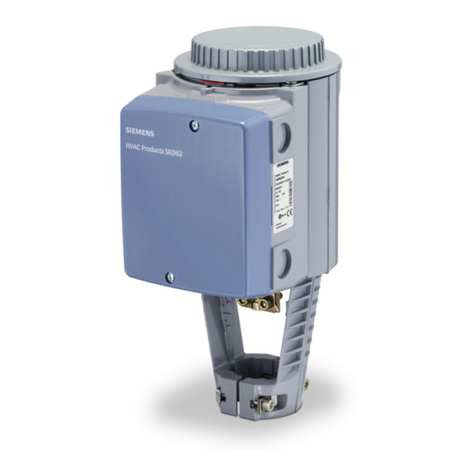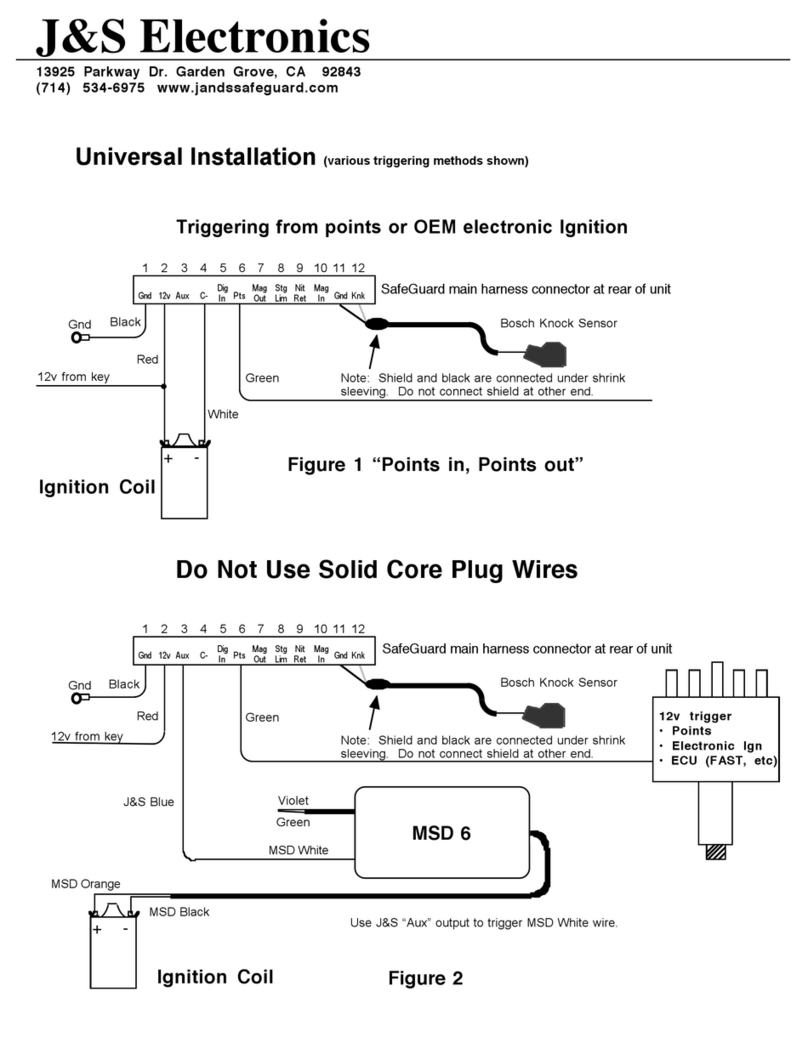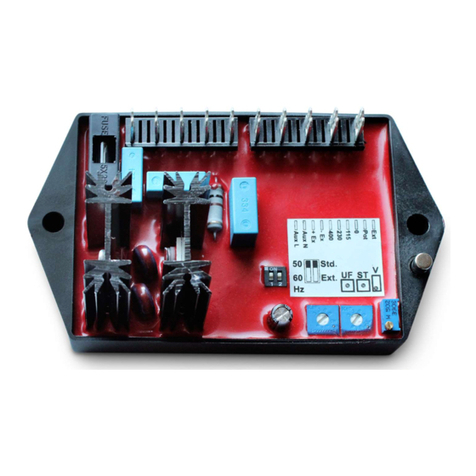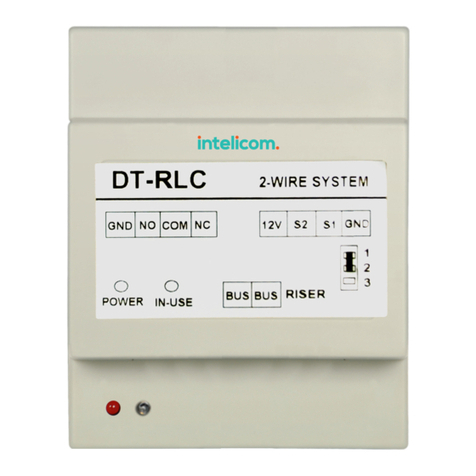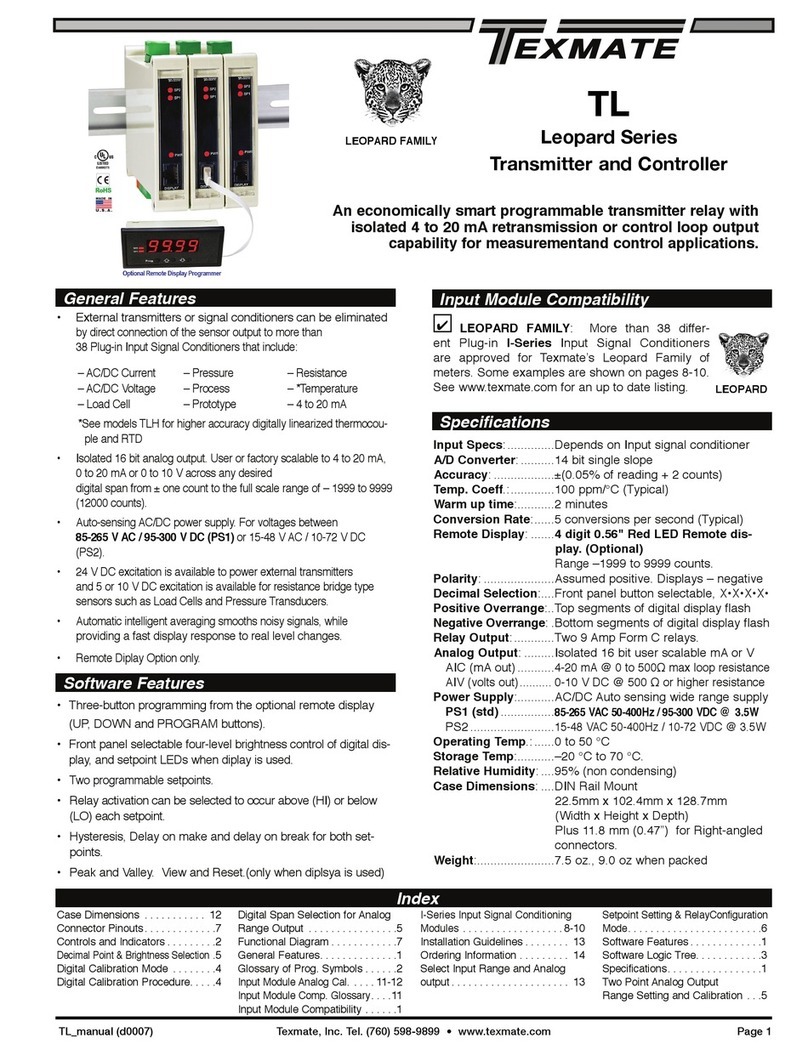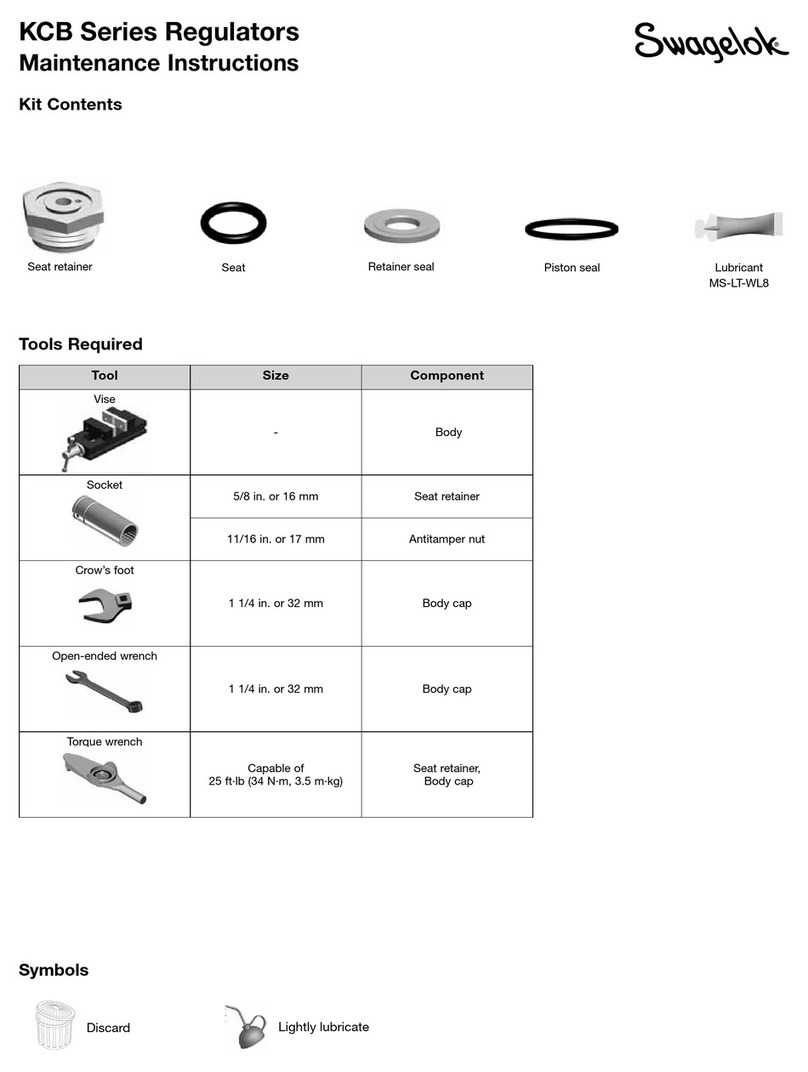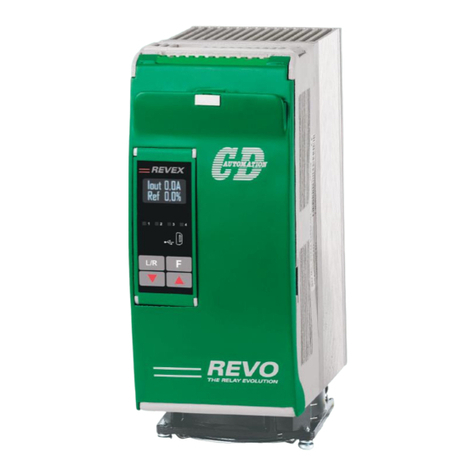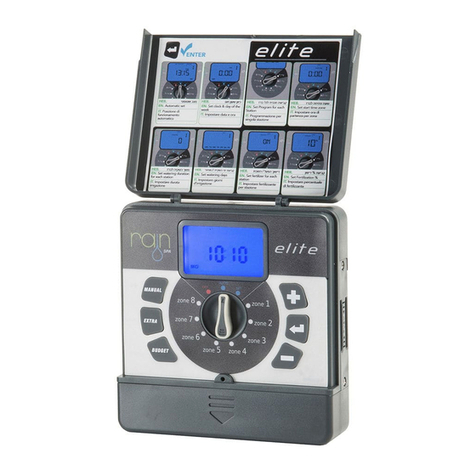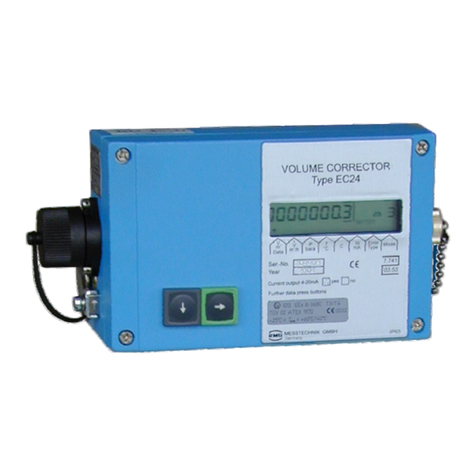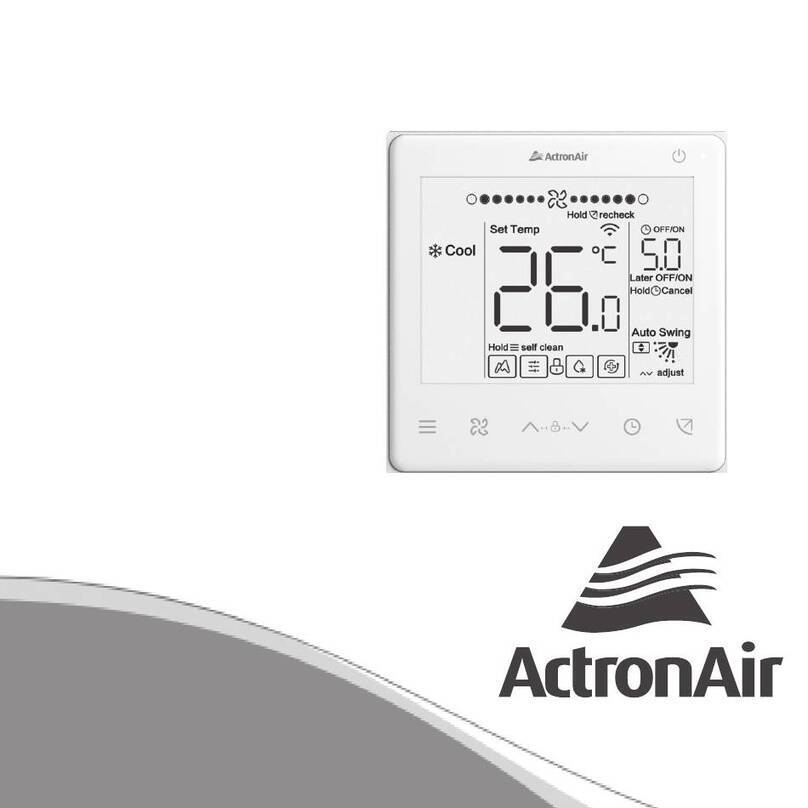Patriot PS15 User manual

FLEXIBILITY
DESIGN
VALUE
FLEXIBILITY
DESIGN
VALUE
SOLAR POWERED
ELECTRIC FENCE CONTROLLER PS15
INSTRUCTION MANUAL
WARNING: READ ALL INSTRUCTIONS

Contents
Electric fencing and your Patriot electric fence controller ........1
Installation ............................................................................1
Operation..............................................................................2
Battery charging ....................................................................2
Electric fence controller maintenance .....................................2
Electric fence controller storage .............................................2
Building a permanent electric fence .......................................3
Temporary electric fencing.....................................................3
Safety considerations .............................................................3
Troubleshooting ....................................................................5
Product specifications ............................................................5
© Tru-Test Limited, 2004. All rights reserved.
Patriot and PS15 are trademarks of Tru-Test Corporation Limited.
No part of this publication may be photocopied, reproduced, stored in a
retrieval system, or transmitted in any form or by any means, electronic,
mechanical, photocopying, recording or otherwise without the prior written
permission of Tru-Test Limited. Product specifications may change without prior
notice.
For more information about the Patriot range of quality products, see
www.patriotglobal.com.
Tru-Test Limited Postal address:
25 Carbine Road P O Box 51078
Mt Wellington Pakuranga
Auckland 1006 Auckland 1730
New Zealand New Zealand
803373 Issue 1 03/04

1
Electric fencing and your Patriot electric
fence controller
Congratulations on your purchase of a Patriot solar powered
electric fence controller. This product has been constructed
using the latest technology and construction techniques. It has
been engineered to give superior performance and many years
of service.
It is important to read these instructions carefully and
thoroughly. They contain important safety information and
will assist you in ensuring that your electric fencing system
gives maximum performance and reliability.
Warning!
- Do not connect to mains-operated or line-operated
equipment.
- Remove the battery from the electric fence controller before
using an external battery charger to recharge the battery.
- Switch the electric fence contoller off before installation or
performing any work on the fence.
Note: This product has been designed for use with electric
animal fences.
Parts of the electric fence controller
1 Fence ground terminal
2 Fence output terminal
3 Pulse indicator light
4 On/Off switch
5 Post mounting slot
6 Solar panel
7 Battery
8 Battery compartment
9 Latches
Explanation of symbols that may be on your electric
fence controller
Indicates that, to reduce the risk of electric shock, the
electric fence controller should be opened or repaired
only by qualified Patriot-appointed personnel.
Read full instructions before use.
How does an electric fence work?
An electric fence system comprises an electric fence controller
and an insulated fence. The electric fence controller puts very
short pulses of electricity onto the fence line. These pulses
have a high voltage, but are of very short duration (less than
3/10,000ths of a second). However, a shock from an electric
fence pulse is very uncomfortable and animals quickly learn to
respect electric fences. An electric fence is not only a physical
barrier, but is also a strong psychological barrier.
What are the benefits of an electric fence?
An electric fence has many benefits over conventional fencing:
• Requires less labour and material to construct than
conventional fencing.
• Flexibility to change or add paddocks when required. The
use of strip grazing techniques can allow temporary
fencing to be quickly and easily erected or removed.
• Controls a broader range of animals.
• Minimises damage to expensive livestock when compared
with other fencing mechanisms, for example barbed wire.
Installation
To set up the electric fence controller for use, install the
battery and connect the electric fence controller to an electric
fence and a grounding system.
Installing the battery
1 Place the electric fence controller on a flat surface. Open
the battery compartment by pressing the latches firmly
(see diagram below).
2 Insert the battery.
3 Connect the positive (red) lead to the positive (+)
terminal on the battery.
4 Connect the negative (black) lead to the negative (–)
terminal on the battery.
5 Close the battery compartment.
Positioning the electric fence controller
Position the electric fence controller:
• adjacent to the electric fence
• preferably in the middle of the electric fence

2
• where it will receive the most daily sun throughout the
season
• where a good ground can be obtained
• on firm ground away from flooding and out of reach of
animals and children (inside a protective fence, if
required).
The solar panel should face true north in the southern
hemisphere and true south in the northern hemisphere.
Mounting the electric fence controller on a post
The electric fence controller can be mounted directly onto a
steel Y-post or T-post using the post-mounting slot. To mount
onto a wooden post, use the hardware provided. Thread
washers onto the nails. Space the nails 75 mm (3”) apart (or
one nail length). Hammer in the nails, allowing them to
protrude by 10 mm (3/8”). Slide the electric fence controller
onto the nails with the washers inside the post-mounting slot.
Connecting to an electric fence
1 Push a 1 m (3’3”) ground rod fully into firm ground.
2 Connect the black lead from the Fence ground terminal
on the electric fence controller to the grounding
system.
3 Connect the red lead from the Fence output terminal on
the electric fence controller to the fence. Make sure there
is a good contact.
Caution! Make sure the connecting leads drop downwards
from the electric fence controller to prevent water from
collecting at the terminals.
Operation
Switching on and off
1 To switch on, switch the On/Off switch to I.
2 To switch off, switch the On/Off switch to O.
Pulse indicator light
The pulse indicator light displays the pulse speed. The pulse
speed varies according to the battery charge level.
Battery charge level Typical pulse speed
High A pulse every second
Normal A pulse every 1½ seconds
Low A pulse every 3 seconds
Note: If the pulse indicator light flashes quickly several times
and then there is a pause, there may be a problem with the
electric fence controller. Return the electric fence controller to
a Patriot-appointed service agent for repair.
Battery charging
The solar panel can fully charge a flat battery in two weeks,
provided the electric fence controller is switched off and there
is adequate sunlight. The battery can also be charged using a
12 V battery charger suitable for charging sealed, lead-acid
batteries. This will usually have an output voltage of 13.8 V
and output current not exceeding 1 A.
When fully charged, the battery should be able to power the
electric fence controller for over three weeks with no sunlight.
Warning! The battery must be disconnected and removed
from the controller before connecting it to a battery charger.
Electric fence controller maintenance
Clean the solar panel regularly with a soft cloth using glass
cleaner or a mild solution of detergent and water. This will
ensure the solar panel functions efficiently.
When transporting the electric fence controller, protect the
solar panel to prevent the glass surface from being smashed.
Electric fence controller storage
If the electric fence controller is stored for an extended period,
the battery may discharge and become damaged.
The electric fence controller should be stored inside, next to a
window, where sunlight can shine on the electric fence
controller each day.
If the electric fence controller cannot be stored in a sunny
position, it should be kept in a cool place. The battery should
be fully charged and disconnected from the electric fence
controller. The battery should be recharged manually every six
months using a suitable 12 V battery charger.

3
Building a permanent electric fence
For information about building a permanent electric fence,
refer to the Patriot website www.patriotglobal.com.
Temporary electric fencing
Patriot offers a range of products that allow the farmer to
construct a temporary electric fence. A temporary fence that
can be quickly erected and easily moved allows the farmer to:
• Make smaller paddocks (fields)
• Keep herds of animals separated
• Ration feed
Note: Use more wires for smaller animals and wild animals.
Politape should be used when greater visibility is required (e.g.
horses).
An example of a temporary fence is shown below.
Safety considerations
Definition of special terms
Electric fence controller – An appliance that is intended to
periodically deliver voltage impulses to a fence connected to it.
Fence – A barrier for animals or for the purpose of security,
comprising one or more conductors such as metal wires, rods
or rails.
Electric fence – A barrier which includes one or more electric
conductors, insulated from ground, to which electric pulses
are applied by an electric fence controller.
Fence circuit – All conductive parts or components within an
electric fence controller that are connected or are intended to
be connected, galvanically, to the output terminals.
Ground electrode – Metal structure that is driven into the
ground near an electric fence controller and connected
electrically to the Fence ground terminal of the electric fence
controller, and that is independent of other grounding
arrangements.
Connecting lead – An electric conductor, used to connect the
electric fence controller to the electric fence or the ground
electrode.
Electric animal fence – An electric fence used to contain
animals within or exclude animals from a particular area.
Electric security fence – A fence used for security purposes
which comprises an electric fence and a physical barrier
electrically isolated from the electric fence.
Physical barrier – A barrier not less than 1.5 m (5’) high
intended to prevent inadvertent contact with the pulsed
conductors of the electric fence. Physical barriers are typically
constructed from vertical sheeting, rigid vertical bars, rigid
mesh, rods or chainwire mesh.
Public access area – Any area where persons are protected
from inadvertent contact with pulsed conductors by a physical
barrier.
Pulsed conductors – Conductors which are subjected to high
voltage pulses by the electric fence controller.
Secure area – The side of an electric security fence where a
person may come into contact with the electric fence, without
the protection of a physical barrier.
Requirements for electric animal fences
Electric animal fences and their ancillary equipment shall be
installed, operated and maintained in a manner that minimises
danger to persons, animals or their surroundings.
This electric fence controller is not intended for use by young
children or infirm persons unless they are adequately
supervised by a responsible person to ensure that they can use
the electric fence controller safely.
Young children should be supervised to ensure that they do
not play with the electric fence controller.
Electric animal fence constructions that are likely to lead to the
entanglement of animals or persons shall be avoided.
An electric animal fence shall not be supplied from two
separate electric fence controllers or from independent fence
circuits of the same electric fence controller.
For any two separate electric animal fences, each supplied
from a separate electric fence controller independently timed,
the distance between the wires of the two electric animal
fences shall be at least 2 m (6’6”). If this gap is to be closed,
this shall be effected by means of electrically non-conductive
material or an isolated metal barrier.
Barbed wire or razor wire shall not be electrified by an electric
fence controller.
A non-electrified fence incorporating barbed wire or razor
wire may be used to support one or more offset electrified
wires of an electric animal fence. The supporting devices for
the electrified wires shall be constructed so as to ensure that
these wires are positioned at a minimum distance of
150 mm (6”) from the vertical plane of the non-electrified
wires. The barbed wire and razor wire shall be grounded at
regular intervals.
Follow our recommendations regarding grounding.
A distance of at least 10 m (33’) shall be maintained between
the electric fence controller ground electrode and any other
grounding system connected parts such as the power supply
system protective ground or the telecommunication system
ground.
Connecting leads that are run inside buildings shall be
effectively insulated from the grounded structural parts of the
building. This may be achieved by using insulated high voltage
cable.
Connecting leads that are run underground shall be run in
conduit of insulating material or else insulated high voltage
cable shall be used. Care must be taken to avoid damage to
the connecting leads due to the effects of animal hooves or
vehicle wheels sinking into the ground.
Connecting leads shall not be installed in the same conduit as
the mains supply wiring, communication cables or data cables.

4
Connecting leads and electric animal fence wires shall not
cross above overhead power or communication lines.
Crossings with overhead power lines shall be avoided
wherever possible. If such a crossing cannot be avoided it shall
be made underneath the power line and as nearly as possible
at right angles to it.
If connecting leads and electric animal fence wires are installed
near an overhead power line, the clearances shall not be less
than those shown in the table below.
Minimum clearances from power lines for electric animal
fences
Power line voltage Clearance
≤1000 V 3 m (10’)
>1000 ≤33,000 V 4 m (13’)
>33,000 V 8 m (27’)
If connecting leads and electric animal fence wires are installed
near an overhead power line, their height above the ground
shall not exceed 3 m (10’). This height applies to either side of
the orthogonal projection of the outermost conductors of the
power line on the ground surface, for a distance of:
• 2 m (6’6”) for power lines operating at a nominal voltage
not exceeding 1000 V.
• 15 m (50’) for power lines operating at a nominal voltage
exceeding 1000 V.
Electric animal fences intended for deterring birds, household
pet containment or training animals such as cows need only
be supplied from low output electric fence controllers to
obtain satisfactory and safe performance.
In electric animal fences intended for deterring birds from
roosting on buildings, no electric fence wire shall be
connected to the electric fence controller ground electrode. A
warning sign shall be fitted to every point where persons may
gain ready access to the conductors.
Where an electric animal fence crosses a public pathway, a
non-electrified gate shall be incorporated in the electric animal
fence at that point or a crossing by means of stiles shall be
provided. At any such crossing, the adjacent electrified wires
shall carry warning signs.
Any part of an electric animal fence that is installed along a
public road or pathway shall be identified at frequent intervals
by warning signs securely fastened to the fence posts or firmly
clamped to the fence wires.
• The size of the warning sign shall be at least
100x200 mm (4x8”).
• The background colour of both sides of the warning sign
shall be yellow. The inscription on the sign shall be black
and shall be either:
or the substance of “CAUTION: Electric animal fence”.
• The inscription shall be indelible, inscribed on both sides
of the warning sign and have a height of at least
25 mm (1”).
Ensure that all mains-operated, ancillary equipment connected
to the electric animal fence circuit provides a degree of
isolation between the fence circuit and the supply mains
equivalent to that provided by the electric fence controller.
Protection from the weather shall be provided for the ancillary
equipment unless this equipment is certified by the
manufacturer as being suitable for use outdoors, and is of a
type with a minimum degree of protection IPX4.
Servicing
This electric fence controller contains no user serviceable parts.
It must be returned to a Patriot-appointed service agent for
repair.

5
Troubleshooting
Problem Action
The pulse indicator light is not flashing Check that the electric fence controller On/Off switch is switched on. See Switching
on and off on page 2.
Ensure the battery is connected correctly with the positive (red) lead to the positive
(+) terminal on the battery and the negative (black) lead to the negative (–) terminal
on the battery. See Installing the battery on page 1.
Replace the battery with a new battery. Before installing a new battery, charge it
fully using a suitable battery charger. See Battery charging on page 2.
If the pulse indicator light is still not flashing, return the electric fence controller to a
Patriot-appointed service agent for repair.
The pulse indicator light is flashing, but
the electric shock delivered by the fence
is weak.
Check that all connections in the fence and ground system are firm and secure. If
necessary, clean away any corrosion.
Check that the ground rod is pushed firmly into firm ground.
Check for faults in the fence-line caused by trees or vegetation. If necessary, remove
obstructions and repair the fence.
Check that the electric fence controller is adequate for the length of the fence. If
necessary, reduce the length of the fence or reduce the number of fence wires.
Alternatively, divide the fence-line into smaller zones, with each zone powered by a
separate electric fence controller.
The pulse speed is irregular. The pulse
indicator light flashes quickly several
times and then there is a pause.
There may be a problem with the electric fence controller. Return the electric fence
controller to a Patriot-appointed service agent for repair.
The battery needs frequent replacement Check that the solar panel is clean and is not damaged. See Electric fence controller
maintenance on page 2.
Make sure the electric fence controller is positioned to receive maximum sunlight. If
necessary, remove any objects or vegetation that might be casting a shadow on the
electric fence controller. See Positioning the electric fence controller on page 1, or
for more detailed information on solar installations, refer to the Patriot website
www.patriotglobal.com.
Product specifications
Power source 12 V, 7 Ah, sealed lead-acid battery
330x230 mm (13x9”) 12 V solar panel
Typical current consumption
(with electric fence controller disconnected from the fence and
no sunlight)
< 20 mA
Typical pulse interval 1.5 seconds, depending on battery charge level
Typical output
Voltage
Energy
up to 10 kV
up to 0.15 J at 2000 Ω
Stored energy 0.2 J
Dimensions (WxHxD) 370x290x230 mm
(14½x11½x9”)
Weight 5.2 kg (11½ lb) with battery installed

SAVE THESE INSTRUCTIONS www.patriotglobal.com
Table of contents
Popular Controllers manuals by other brands
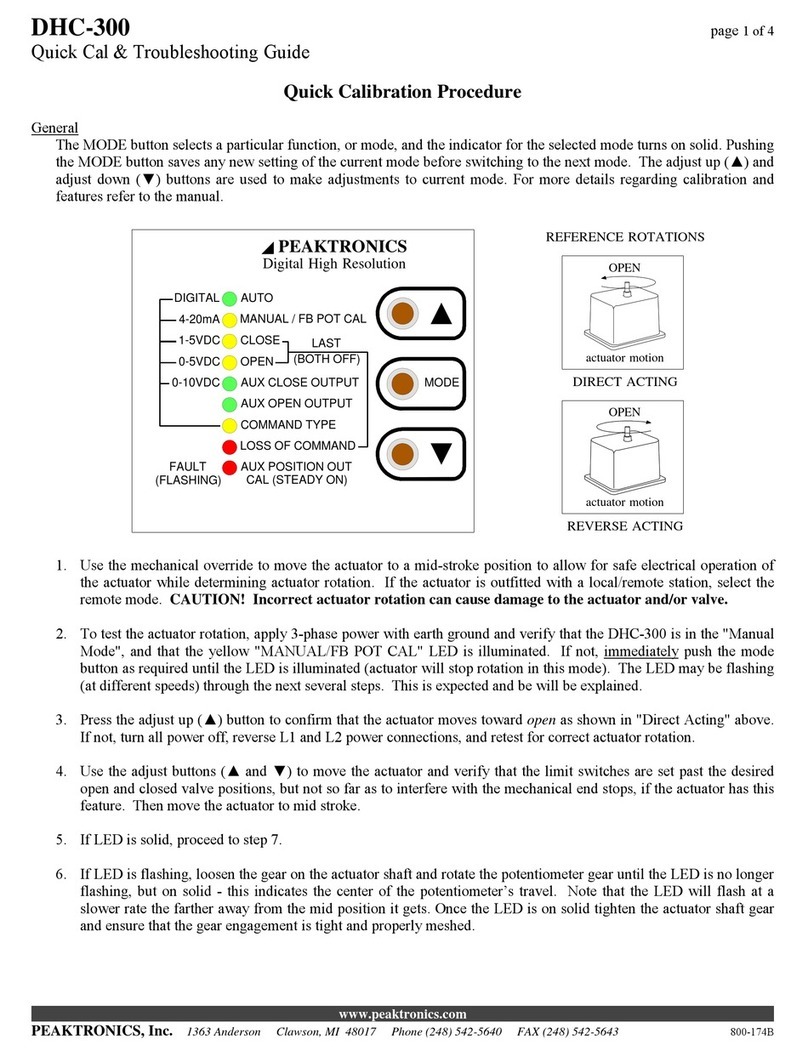
Peaktronics
Peaktronics DHC-300 troubleshooting guide
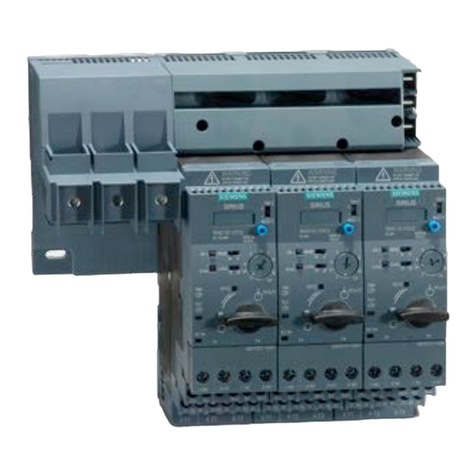
Siemens
Siemens SIRIUS 3RA68 Series Original operating instructions
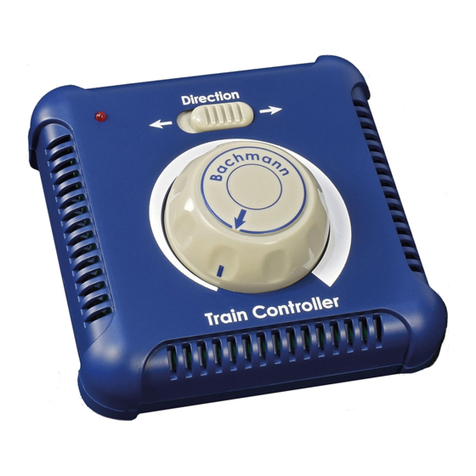
BACHMANN EUROPE Plc
BACHMANN EUROPE Plc 36-565 operating instructions
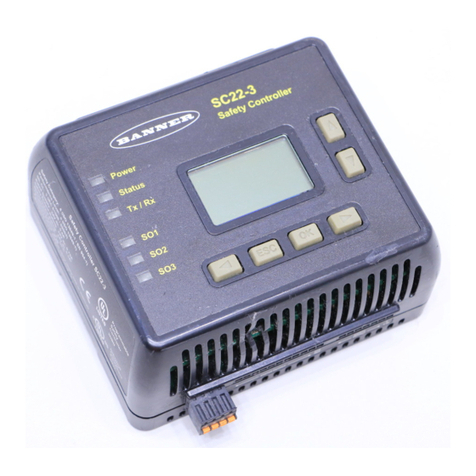
Banner
Banner SC22-3 instruction manual

Salus
Salus AH2430 quick start guide
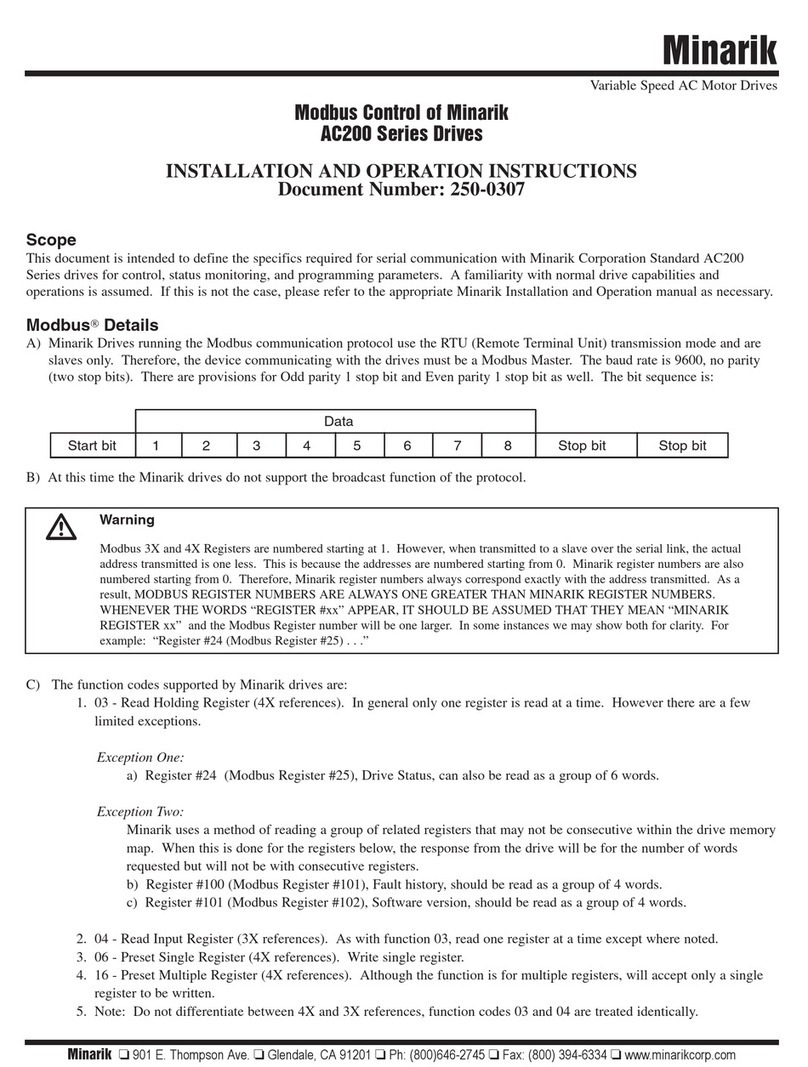
Minarik
Minarik AC200 SERIES Installation and operation instructions
